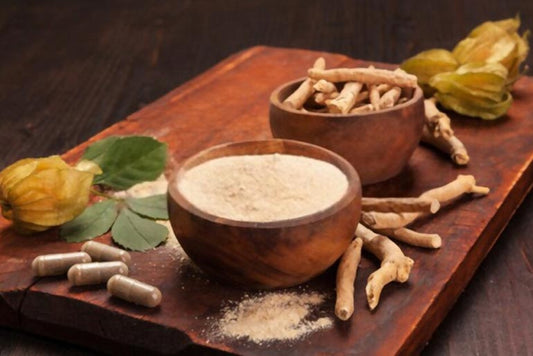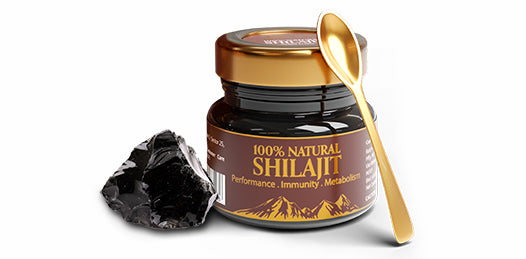
In recent years, facial oils have gained immense popularity in the beauty and skincare industry. From natural oils like argan and jojoba to specialty blends like T.A.C Kumkumadi face oil, these potent elixirs offer a host of benefits for the skin. Incorporating facial oils into your daily skincare routine can lead to a radiant complexion and address various skin concerns. In this blog, we will explore the advantages of using facial oils and provide you with the best practices to maximize their effectiveness.
Understanding Facial Oils and Their Benefits
Facial oils are formulated using a variety of plant-based ingredients, such as fruits, seeds, nuts, and herbs. These oils are rich in essential fatty acids, antioxidants, vitamins, and minerals that work together to nourish and protect the skin. Unlike traditional moisturizers, which often contain water and other fillers, facial oils provide intense hydration without clogging pores. They form a protective barrier on the skin's surface, locking in moisture and preventing moisture loss, resulting in a plump, dewy complexion.
One exceptional facial oil that stands out in the market is T.A.C Kumkumadi face oil, a powerful blend of Ayurvedic ingredients like saffron, sandalwood, and turmeric. Renowned for its unique composition, Kumkumadi oil is praised for its skin-brightening, anti-aging, and complexion-enhancing properties.

Benefits of Incorporating Facial Oils into Your Routine:
Deep Hydration: Facial oils penetrate deep into the skin, providing long-lasting hydration and soothing dry, flaky patches.
Anti-Aging Properties: Many facial oils are packed with antioxidants that combat free radicals, reducing premature signs of aging, such as fine lines and wrinkles.
Balancing Sebum Production: Contrary to common belief, facial oils can help balance oil production. When the skin is well-hydrated, it produces less excess sebum, leading to a more balanced complexion.
Reducing Inflammation: Certain facial oils possess anti-inflammatory properties that soothe irritated skin and reduce redness and inflammation.
Enhancing Skin Elasticity: The nourishing properties of facial oils can improve skin elasticity, resulting in firmer, suppler skin.

Best Practices for Incorporating Facial Oils into Your Routine:
Cleanse and Tone: Before applying facial oil, cleanse your face thoroughly to remove any dirt, makeup, or impurities. Follow up with a toner to balance the skin's pH level.
Choose the Right Oil: Select a facial oil that suits your skin type and addresses your specific concerns. For instance, T.A.C Kumkumadi face oil is an excellent choice for those seeking a radiant complexion and reduced pigmentation.
Apply on Damp Skin: For optimal absorption, apply facial oil on slightly damp skin. Mist your face with a hydrating facial spray or use it right after showering or washing your face.
Use Sparingly: A little goes a long way with facial oils. Start with a few drops, and gently massage the oil into your skin using upward, circular motions.
Combine with Moisturizer: For those with dry or dehydrated skin, consider mixing a few drops of facial oil with your favorite moisturizer for an extra boost of hydration.
Nighttime Application: Incorporating facial oils into your nighttime routine allows the oil to work its magic while you sleep, promoting rejuvenation and nourishment.











